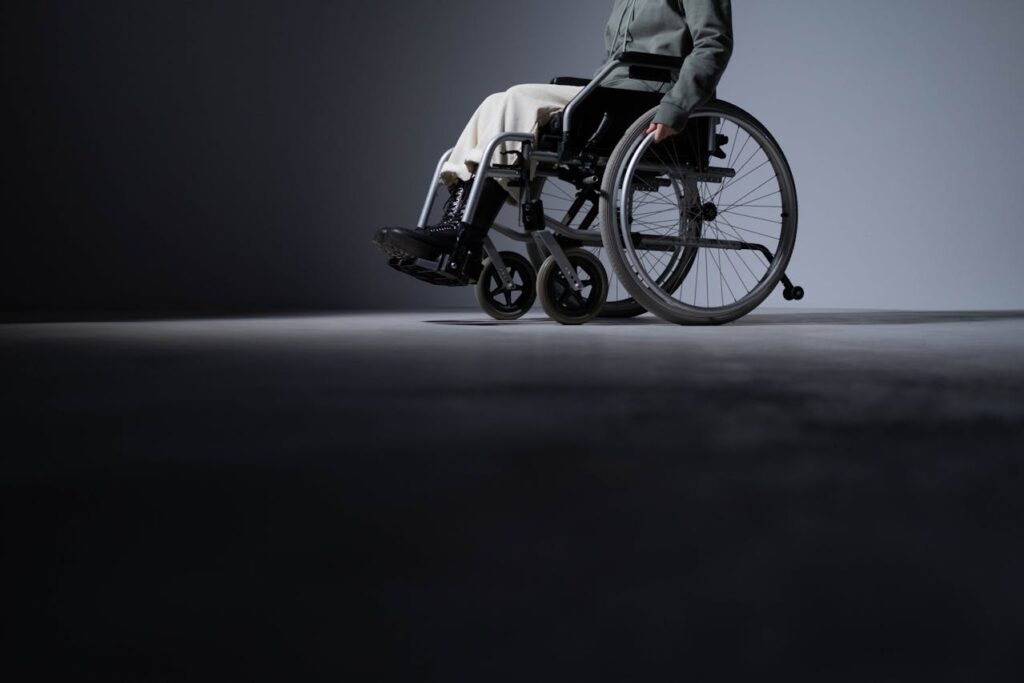Understanding the Social Security Disability Rules After Age 50
As we age, our bodies become more vulnerable to chronic illnesses and physical limitations. Many individuals over 50 find themselves unable to continue working due to medical conditions. Fortunately, Social Security Disability Insurance (SSDI) and Supplemental Security Income (SSI) programs provide financial support to those who qualify.
The Social Security Administration (SSA) has special rules for applicants over 50, making it easier to receive benefits compared to younger individuals. These rules consider factors such as residual functional capacity (RFC), skill transferability, and education level, helping older workers qualify more easily.
Let’s break down these rules in detail to help you understand how to apply for SSDI benefits after 50.
Age and SSDI Eligibility: The SSA’s Age Categories
The SSA groups applicants into the following age brackets when determining disability eligibility:
- Younger Individual (18-49) – Must prove inability to do any work.
- Closely Approaching Advanced Age (50-54) – Less stringent criteria apply.
- Advanced Age (55-59) – More favorable disability rules.
- Approaching Retirement Age (60-67) – Highest chance of approval.
Once a beneficiary reaches full retirement age (currently 67), SSDI benefits convert to Social Security retirement benefits.
The Social Security 5-Step Disability Evaluation Process
The SSA follows a five-step evaluation to determine whether an applicant qualifies for SSDI or SSI:
1. Financial Eligibility (Substantial Gainful Activity – SGA)
The SSA evaluates whether the applicant engages in substantial gainful activity (SGA). For 2024, the SGA limits are:
- $1,550 per month for most disabled individuals.
- $2,590 per month for blind individuals.
If earnings exceed these amounts, the application may be denied.
2. Severity of Impairment
The condition must be severe enough to prevent work for at least 12 months. Medical records should clearly document limitations.
3. Meeting SSA’s Medical Listings (Blue Book Criteria)
The SSA has a list of medical conditions in its Blue Book that qualify automatically. If a condition isn’t listed, the SSA assesses whether it is equally severe.
4. Ability to Perform Past Work
If the SSA determines that the applicant can still perform their previous job, the claim will likely be denied.
5. Ability to Perform Any Other Work
If the applicant cannot return to their past work, SSA determines whether they can adjust to a different type of job. This is where age plays a crucial role—SSA acknowledges that older workers have fewer options for retraining or skill transferability.
Residual Functional Capacity (RFC) & How It Affects SSDI Approval
The SSA evaluates an applicant’s Residual Functional Capacity (RFC) to determine their ability to work. RFC is categorized into four work levels:
- Sedentary Work – Lifting up to 10 lbs; mostly sitting.
- Light Work – Lifting up to 20 lbs; frequent standing.
- Medium Work – Lifting up to 50 lbs.
- Heavy Work – Lifting 50+ lbs.
Why does this matter after 50?
- If an applicant over 50 can only perform sedentary or light work, they are more likely to qualify for SSDI benefits.
- If an applicant under 50 has the same limitations, they must prove they cannot do any work, making it much harder to get approved.
The Role of Work Experience and Education
Aside from age and RFC, the SSA considers an applicant’s education and work history:
1. Education Level
- Limited Education (Less than High School) – Higher chance of SSDI approval.
- High School Graduate or Higher – May need to prove lack of transferable skills.
- Recent Skilled Training – Could reduce eligibility if skills can be used in another job.
2. Work Experience & Transferable Skills
- Unskilled Work (Minimal training required) – Easier to qualify for SSDI.
- Semi-Skilled/Skilled Work – If skills transfer to another job, SSA may deny benefits.
- No Transferable Skills – Higher chances of SSDI approval after 50.
How SSDI Rules Apply by Age Group
Ages 50-54: Some Favorable Rules Apply
- Applicants are still expected to adjust to lighter work.
- Those with limited education and skills are more likely to qualify.
Ages 55-59: SSA Becomes More Lenient
- SSA assumes less adaptability to new work.
- If limited to sedentary work, approval chances increase.
Ages 60-67: Easiest to Get Approved
- Most flexible disability rules apply.
- If the applicant cannot do their past job, they are often approved without needing to prove they can do other work.
Applying for SSDI After 50: Key Steps
- Gather Medical Records – Ensure detailed doctor reports on limitations.
- Document Work History – Clearly show why past jobs are no longer possible.
- Highlight Functional Limitations – RFC forms should align with SSA’s disability criteria.
- Consider Legal Assistance – Consulting an SSDI lawyer can improve your chances.
Final Thoughts
Understanding Social Security Disability rules after age 50 can significantly increase your chances of approval. With special considerations for older applicants, the process becomes slightly easier. However, it’s still essential to build a strong case with medical evidence and work history records.
If you’re planning to apply for SSDI, consider reaching out to a qualified disability attorney for guidance. They can help ensure your application meets SSA requirements, improving your likelihood of approval.

